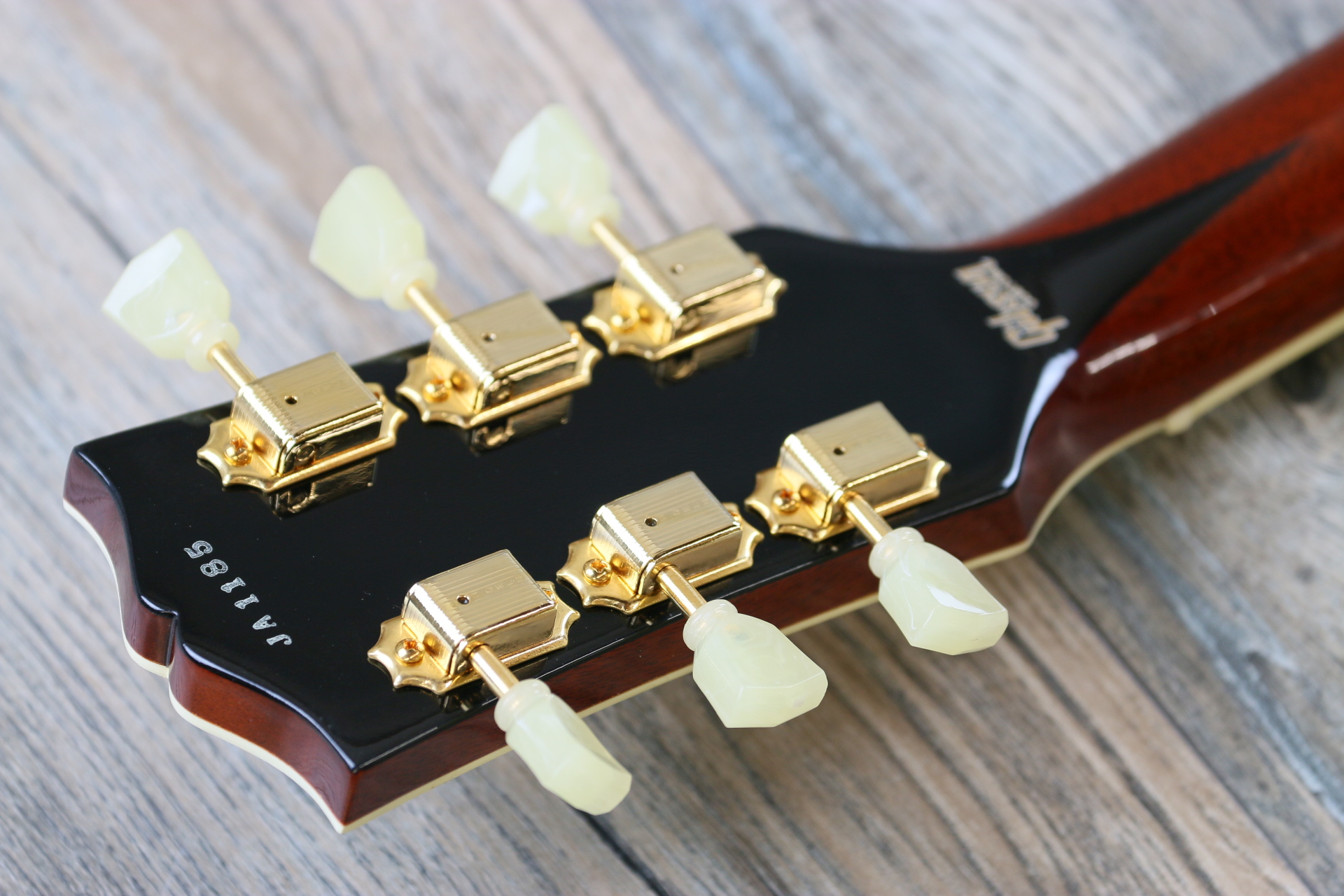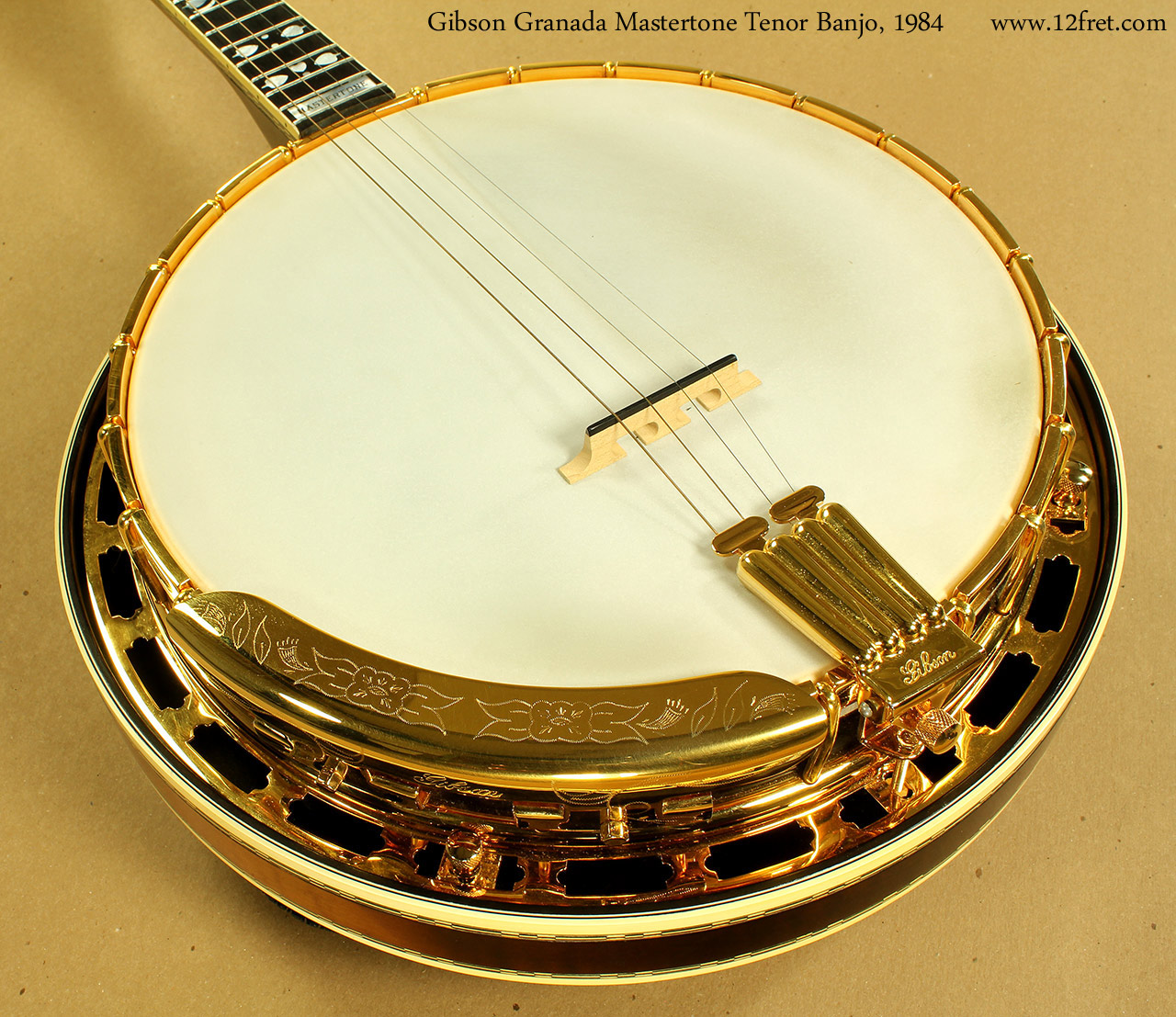

Over the course of the 70s, the Japanese output improved dramatically, and in many ways these early 70s models are a low point for the brand. These new Epiphones were based on existing Matsumoku guitars, sharing body shapes, and hardware, but the Epiphone line was somewhat upgraded, with inlaid logos and a 2x2 peghead configuration. The Matsumoku factory had been producing guitars for export for some time, but the 1820 bass (alongside a number of guitar models and the 5120 electric acoustic bass) were the first Epiphone models to be made there. The serial number indicates a production year of 1964.By the end of the 1960s, a decision had been made to move Epiphone guitar production from the USA (at the Kalamazoo plant where Gibson guitars were made), to Matsumoto in Japan, creating a line of guitars and basses significantly less expensive than the USA-built models (actually less than half the price). The frets are medium height and show only minor signs of play wear. Plays well with low action and optimal neck relief.

There are only light scratches and dings throughout. Glossy mahogany neck with unbound Brazilian rosewood fingerboard The following specs were carefully collected and recorded by a skilled technician.įor a more detailed description and questions regarding sound, feel, or cosmeticĬondition, please visit our Lincoln Avenue showroom or call to speak to one of our The serial number indicates a production year of 1964. Tech Notes: Plays well with low action and optimal neck relief. Modifications/Repairs: The original bridge has been replacedĬosmetic Condition: The banjo has light play wear. Neck Details: Glossy mahogany neck with unbound Brazilian rosewood fingerboard For a more detailed description and questions regarding sound, feel, or cosmetic condition, please call to speak to one of our experts.įingerboard Material: Brazilian Rosewood Fingerboard The following specs were carefully collected and recorded by a skilled technician.


 0 kommentar(er)
0 kommentar(er)
